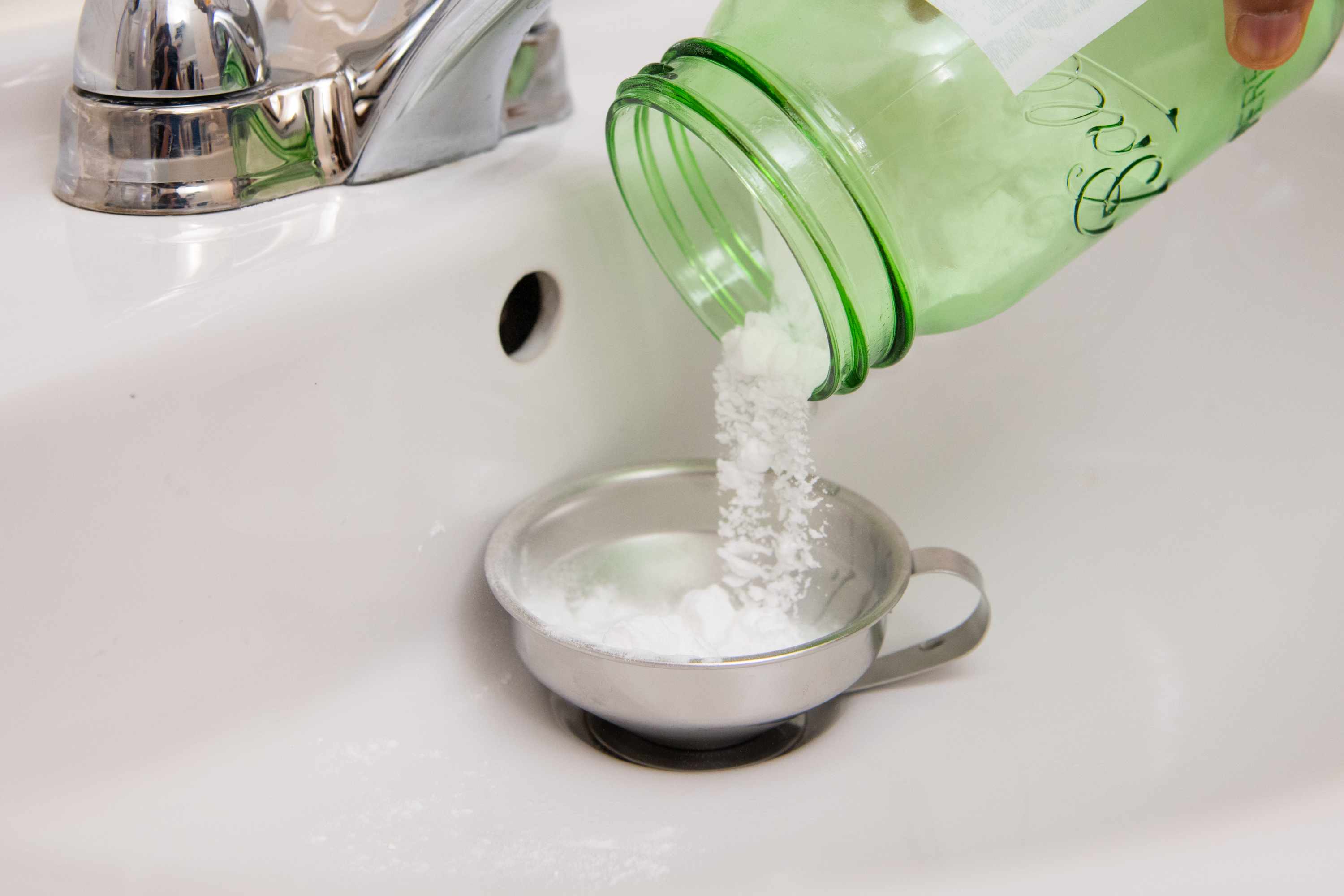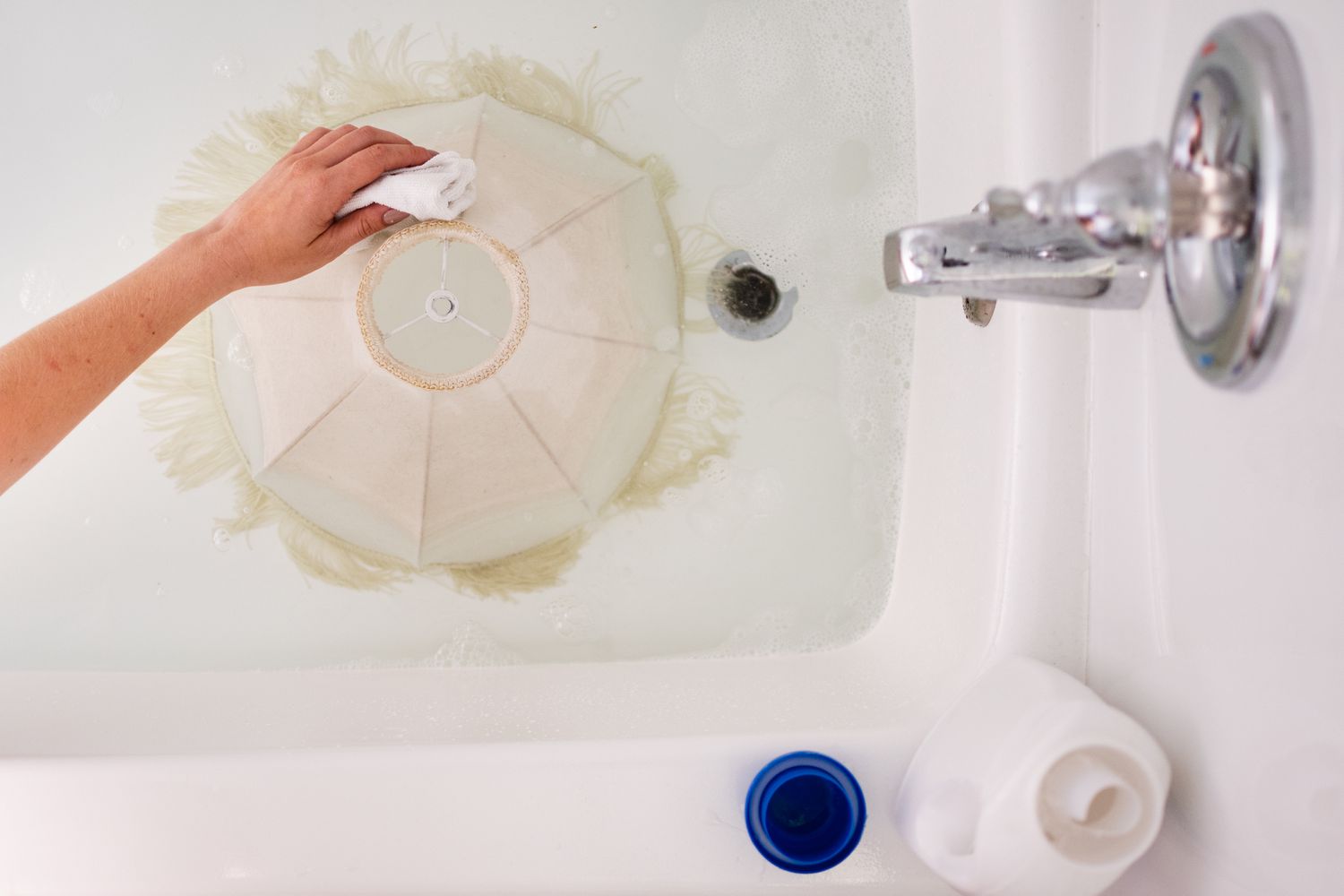Your kitchen sink is one of the hardest-working areas in your home, often collecting food scraps, grease, and soap residue. Over time, this buildup can cause bad smells, stains, or even slow drainage. Fortunately, there’s a simple and eco-friendly way to bring back your sink’s sparkle — cleaning it with baking soda and vinegar. This powerful natural combination can remove grime, polish stainless steel, and even unclog drains without harsh chemicals.
In this step-by-step guide, you’ll learn exactly how to clean your sink using baking soda and vinegar, how to make it shine, and how to keep your drain free-flowing and odor-free.
Why Use Baking Soda and Vinegar to Clean Your Sink?
Baking soda is a mild abrasive that lifts away dirt, grease, and stains without scratching surfaces. Vinegar, on the other hand, is a natural disinfectant that dissolves mineral deposits, kills bacteria, and neutralizes odors. Together, they form a gentle foaming reaction that helps remove stubborn grime and residue while deodorizing your sink.
These natural ingredients are inexpensive, safe for the environment, and perfect for stainless steel, porcelain, or composite sinks.
Method 1: How to Remove Grime and Polish Your Sink
Step 1: Clear and Rinse the Sink
Start by removing all dishes and rinsing your sink with cool water. If there’s visible food residue, add a few drops of dish soap before rinsing to remove grease and loosen debris. Make sure your drain catch is clear of any trapped food particles.
Step 2: Sprinkle Baking Soda Generously
Cover your entire sink — including the sides — with a generous layer of baking soda. You can shake it directly from the box or use a spoon to sprinkle it evenly. The powder will act as a natural scrub that loosens stuck-on grime.
Step 3: Scrub the Sink in a Circular Motion
Use a damp sponge or soft cloth to gently scrub the baking soda into the sink using circular motions. Follow the direction of the grain if you have a stainless steel sink to avoid streaks. For corners and tight areas, use an old toothbrush for precise cleaning.
Step 4: Pour White Vinegar Over the Sink
Slowly pour white vinegar over the baking soda. You’ll notice a fizzy reaction as it begins to foam — this means it’s breaking down grease and grime. Make sure to pour enough vinegar to dissolve the baking soda completely.
Step 5: Rinse with Warm Water
Once the bubbling stops, rinse the sink thoroughly with warm water. This removes any remaining baking soda and vinegar while helping dissolve hidden residue. If possible, use a hose faucet or a cup to rinse every corner.
Step 6: Dry and Shine the Sink
Use a clean microfiber or dry cloth to wipe down the sink. This prevents water spots and leaves your sink shining. For an extra touch, rub a slice of lemon around the surface — it enhances shine and leaves a fresh scent.
Step 7: Clean Drain Covers Separately
Drain covers can collect grime too. Mix 1 tablespoon of baking soda with 1 cup of white vinegar in a bowl. Let your drain covers soak for 15 minutes, then rinse with warm water and dry them completely.
Method 2: How to Unclog a Drain Naturally
Step 1: Start with Boiling Water
Boil a large pot of water and carefully pour it down your sink drain. This helps melt away grease and loosen debris blocking your pipes.
Step 2: Add Baking Soda
Pour ½ cup (120 g) of baking soda down the drain. It will settle in the pipe and begin to break down organic material causing the blockage.
Step 3: Pour White Vinegar
Next, add 1 cup (240 mL) of white vinegar. The mixture will fizz and bubble — that’s the chemical reaction dissolving clogs and neutralizing odors. Let it sit for about 10–15 minutes to work effectively.
Step 4: Flush with Hot Water
Pour another cup of hot water down the drain to rinse away loosened grime and residue. This helps move the baking soda and vinegar solution through your pipes.
Step 5: Final Boiling Water Flush
Finish by pouring another pot of boiling water down the drain. This ensures any remaining debris or buildup is completely cleared out.
If the clog persists, repeat the process or use a drain snake before turning to chemical drain cleaners.
Extra Tips for Keeping Your Sink Clean Longer
-
Daily Rinse: After washing dishes, give your sink a quick rinse with hot water and wipe it dry to prevent water spots.
-
Weekly Maintenance: Sprinkle baking soda once a week, scrub lightly, and rinse with vinegar to maintain shine.
-
Avoid Harsh Chemicals: Bleach or commercial cleaners can damage your sink’s finish over time.
-
Use Lemon or Essential Oils: For a fresh scent, add lemon juice or a few drops of essential oils like tea tree or lavender after cleaning.
Benefits of Cleaning Your Sink Naturally
Cleaning with baking soda and vinegar is eco-friendly, safe for your plumbing, and inexpensive. It eliminates the need for toxic cleaners while keeping your sink free of odors and bacteria. Plus, this natural cleaning duo can be used on various surfaces throughout your kitchen, from countertops to cutting boards.
Conclusion
Baking soda and vinegar are powerful, natural cleaners that can transform your sink from dull and grimy to sparkling clean. Whether you’re tackling buildup or unclogging your drain, this method is safe, affordable, and effective. Keep these two ingredients handy, and your sink will always look its best.



